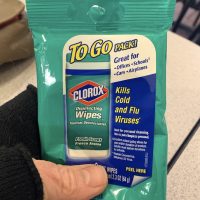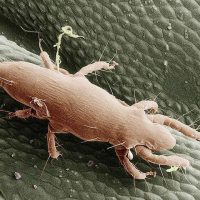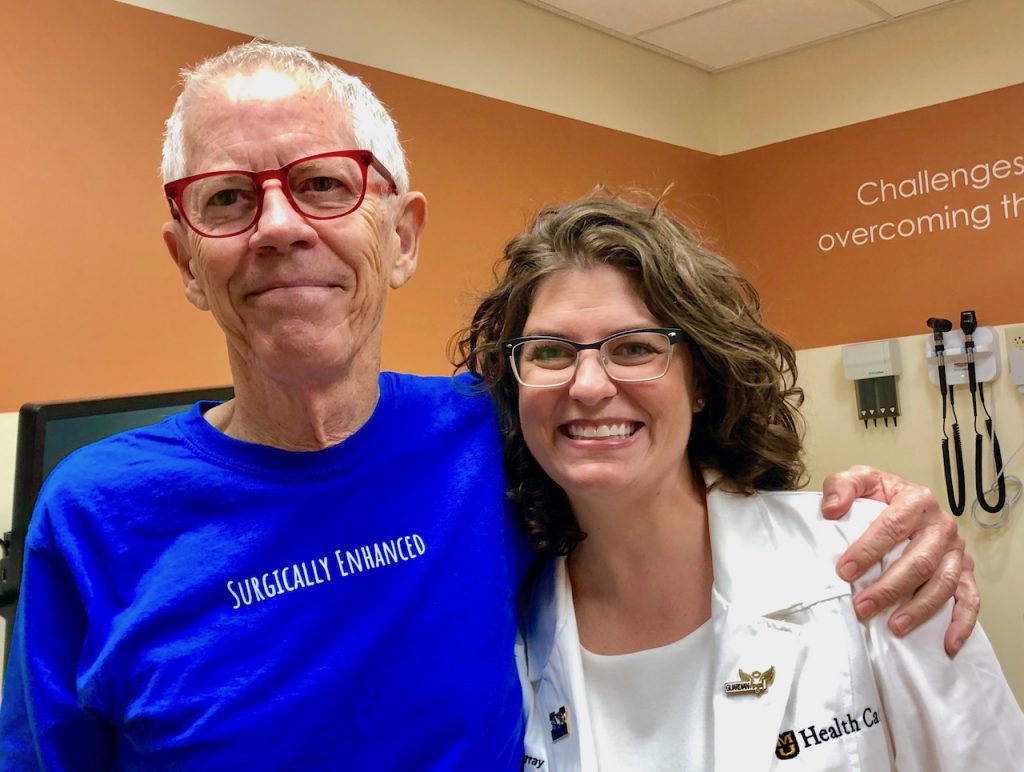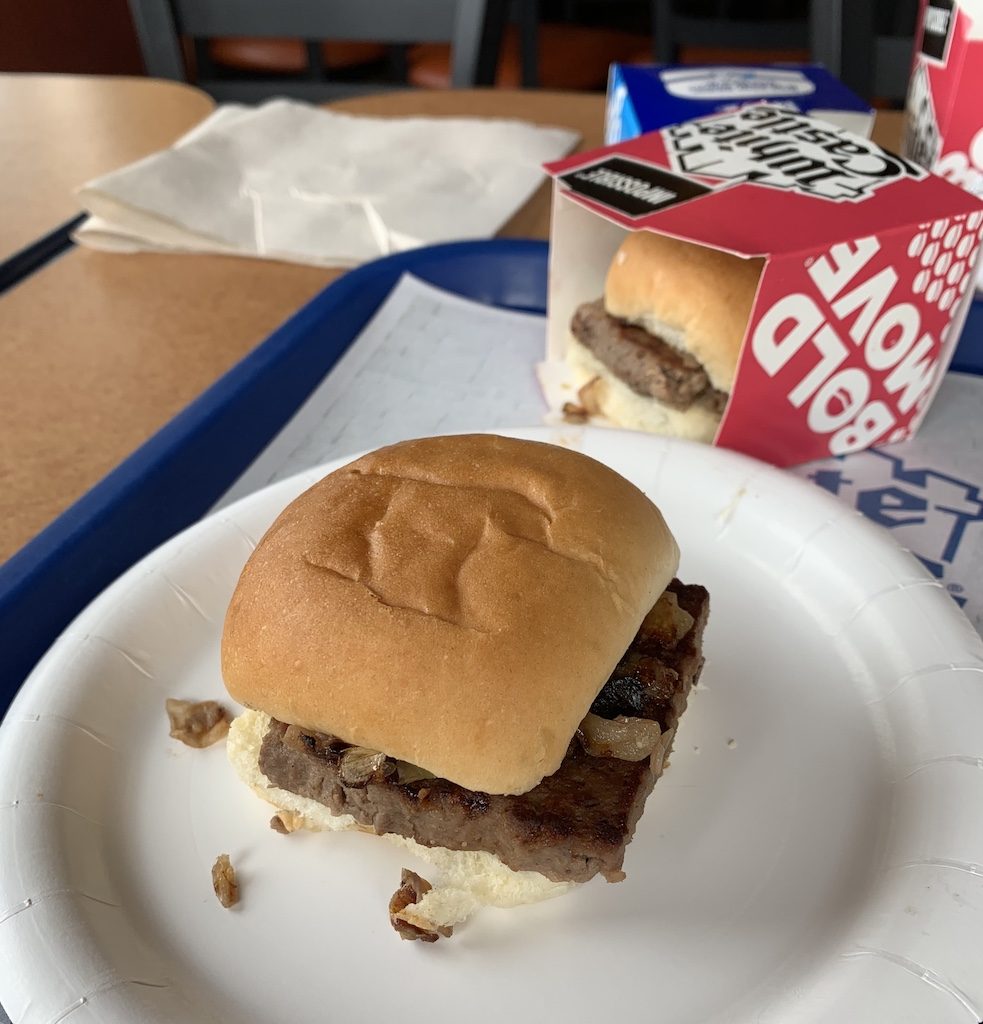A couple of weeks ago Barb called the clinic where our GP practices (part of the MU Health Center) to report a persistent cough. None of the other symptoms but she wanted to play it safe. The nurse she spoke with explained they were using video visit for initial screening and sent her to the MU Health Care website. She was able to get online with a physician who quickly determined she wasn’t experiencing COVID-19 symptoms. (Even had her use the light on her iPhone to let the doc look at her throat.)
This service was provided by a third-party entity with whom the med center had contracted to take some of the load off their physicians. And it was well done, in Barb’s (former ICU nurse) opinion. Today we received a notice from MU Health Connect, the med center’s online portal:
“For patients who prefer to avoid public places or traveling during this time, we offer virtual care as a secure option. Using Zoom software, appointments can be completed from your phone, tablet or computer.”
Hmm. They were not using Zoom when Barb had her consultation. Since then, Barb has used Zoom almost daily, like a bunch of people. What’s going on? Are MU docs now doing “video visits?”
They are. According to my well-placed source, the feds modified their billing guidelines, so MU docs can do a zoom call and charge like a regular visit. That was a big barrier in the past. AND, all the other MUHC administrative friction disappeared quickly with COVID.






